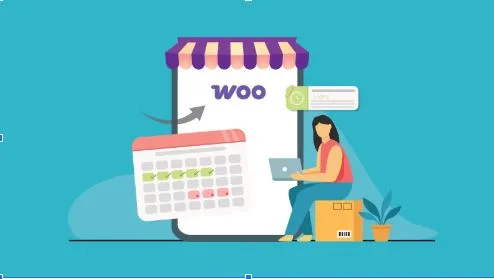How to Private Label Food Products in 12 Easy Steps
In the past few years, private labeling has become quite a trend. It entices many entrepreneurs with the prospect of brand creation and profitability. However, for those who want to create and launch their own food products, understanding the process is crucial. So here, we summarize the 12 steps anyone can take to get started.
1. Choose the Appropriate Product
Choosing the correct product is the first step on your private labeling journey. Take into account market demand and consumer preferences. The first step is to research what you can sell and analyze the market to identify gaps. It may be beneficial to choose a product that aligns with your passions and expertise.
2. Understand Regulatory Requirements
While you ponder “how to private label food products?” don’t forget that food products adhere to strict regulations. So, knowing the legal requirements for food labeling, safety, and quality is critical. It guarantees that local standards of an area, as well as applicable national standards, are followed. Getting clarity from experts or professionals can help if you have doubts about anything.
3. Locate a Trustworthy Producer
Building a strategic collaboration with a reputable manufacturer is important. Try to search for an experienced company that manufactures the best food products. Assess their manufacturing strength and quality measures. Mutual trust between the manufacturer and the buyer will lead to consistency and reliability in delivery.
4. Create a Unique Brand
Creating a unique identity gives the product its own personality. This entails creating an appealing logo and packaging. When creating the brand message, you have to think about the target audience because a great brand keeps people coming back.
5. Design Packaging
Packaging serves not just a protective function for the product but also communicates its worth. It has to look good and remain functional. When you choose the packaging material, think about sustainability and the environment. Great design must embody the brand and appeal to consumers.
6. Develop a Pricing Strategy
Pricing is an important step towards success. Price: Set prices based on factors like production cost, competitors, and target market. The ultimate aim is to strike a viable balance that works for consumers while still being profitable. Reviewed pricing and adjusted as necessary to remain competitive.
7. Chalk Out a Marketing Plan
It indicates that a good marketing plan is required to promote the product. Determine which channels will be most effective in connecting with the target audience. These may include social media, virtual marketing, or in-shop promotions. Your brand gains recognition through consistent messaging throughout your platforms.
8. Determine Distribution Channels
Choose how the product will reach the consumers. You can sell directly to consumers on your online store or through retailers. Each channel has its strengths and weaknesses. Select the most suitable means of distribution after considering aspects like cost, reach, and control.
9. Implement Quality Control Measures
While customer satisfaction remains one of the most important aspects, maintaining high quality is also crucial. Enforcing strict quality control processes guarantees the right standards for each product. Regular testing and inspections will help detect problems and fix them before they worsen.
10. Cultivate a Productive Relationship with Retailers
If selling to retailers, relationships matter. This is a collaborative effort, so make sure you are communicating on a regular basis and providing the necessary support. You can strengthen these partnerships and sell more by running promotions or special deals.
11. Gather Customer Feedback
Feedback is useful for product development and innovation. Inviting customers to give their thoughts via surveys, reviews, or social media can help. Analyzing the feedback can help you know where you can improve, which can help you gain customers’ trust.
12. Adapt to Market Changes
The food industry is changing, and to be competitive in the long term, we have to be flexible. Keep an eye on trends and be willing to make changes when needed, whether it’s updating the product line, marketing strategies, or distribution.
Conclusion
Private labeling is an exciting way to grow a brand with private-label food. If entrepreneurs do these 12 steps, they are sure to build a successful private label brand. It has massive potential if you play your cards right. Whether you are starting small or looking at huge-scale production, the basics are the same. You will survive the competition by producing quality products/services, good branding, and happy customers.






